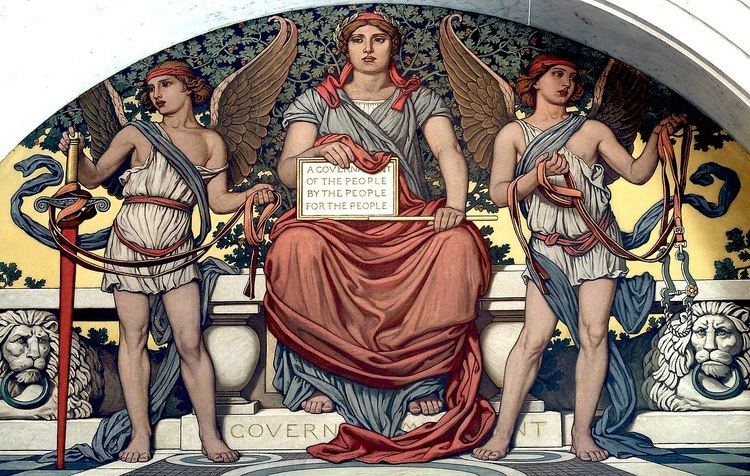 | ||
Bank reserves are a commercial banks' holdings of deposits in accounts with a central bank (for instance the European Central Bank or the applicable branch bank of the Federal Reserve System, in the latter case including federal funds), plus currency that is physically held in the bank's vault ("vault cash"). Some central banks set minimum reserve requirements, which require banks to hold deposits at the central bank equivalent to at least a specified percentage of their liabilities such as customer deposits. Even when there are no reserve requirements, banks often opt to hold some reserves—called desired reserves—against unexpected events such as unusually large net withdrawals by customers or bank runs.
In relation to bookkeeping, the term is a misnomer. Reserves are ordinarily part of the equity of the company and are therefore liabilities. Bank reserves, on the other hand, are part of the bank's assets. In a bank's annual report, bank reserves are referred to as "cash and balances at central banks".
